Easy Drywall Repair with Patch plus Primer
I just used this 3M Patch plus primer for the first time and really liked how easy drywall repair was with it. Of course I wanted to share!
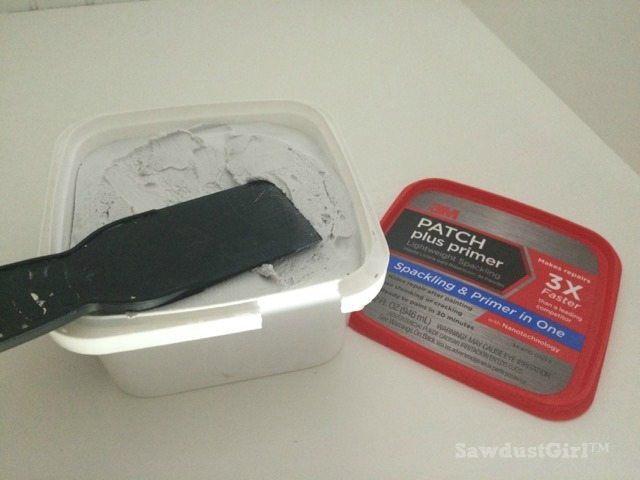
Easy drywall repair with Patch plus Primer
You probably know how easy it is to gouge your drywall. Especially right after you just skim coated to get rid of that hideous texture, primed, painted and are putting up the finishing touches, the moulding. Maybe you don’t know how easy it is. Maybe that’s just me! I can’t, for the life of me, manage long pieces of moulding without poking, scraping, banging or jabbing my beautiful walls at least once. (And I generally don’t ever escape with just one gouge.) My living room wall was quite speckled after getting my bookshelf and all the trim installed last week.
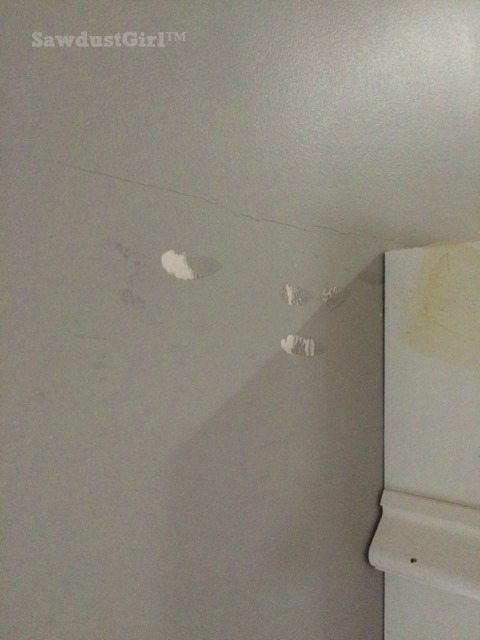
Obviously I had to repair it before I showed you the final reveal. I couldn’t let a few a whole bunch of drywall dings/gouges distract you from my beautiful masterpiece. So I set out to fix them as quickly as possible and get on with life.
I knew I had a container of 3M Patch plus primer …somewhere.
I’ve had it for months.
Never used it but kept seeing it in my shop and thinking it would come in handy sometime. Of course when I actually need it it takes me 3 hours to find it because, I’m sure the last time I bumped into it in my shop I picked it up and “put it somewhere safe so I’d know exactly where it was when I did need it”!
Well, find it I did! HA! And then I used it for the very first time.

And I decided that it’s pretty awesome!

It applies exactly like any drywall spackle: apply it with a spackle knife. 
Ok, so I did NOT gouge my wall that many times but once I start covering actual gouges it’s hard to reign it in. When I’ve already got that plastic spackle knife in hand so, being the perfectionist that I am, if I see any imperfection in my wall that is supposed to be perfectly smooth, I “hit it”. I’m going to have to break out the touch up paint as it is so why not?
I used a sanding sponge to very lightly sand each patch smooth. Then I grabbed my milk jug and paint brush and applied ONE coat of paint directly over each patch and it was perfect. You couldn’t tell where a single patch had been. Awesome!
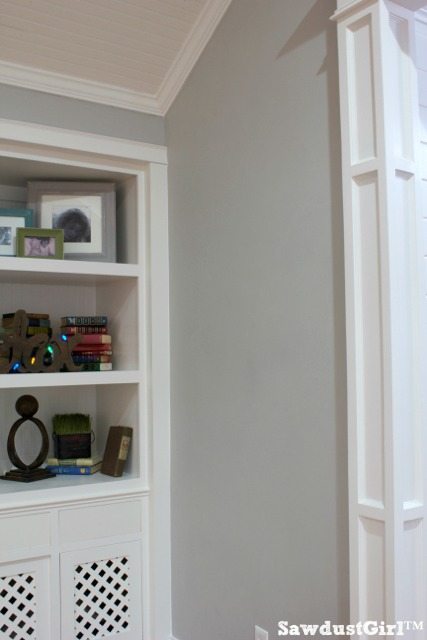
With normal spackle, if I don’t prime before I paint (which I hardly ever do on touch ups like this), the spackle absorbs the paint and it will have a different sheen than the wall around it so it takes several coats of paint before it evens out and patch is truly hidden.
Which just takes more time.
Which is something I don’t have to spare so the quicker I can make something look as perfect as possible and then move on –the better!
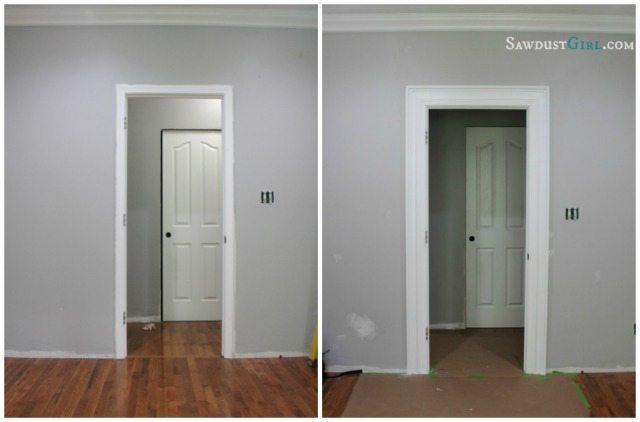
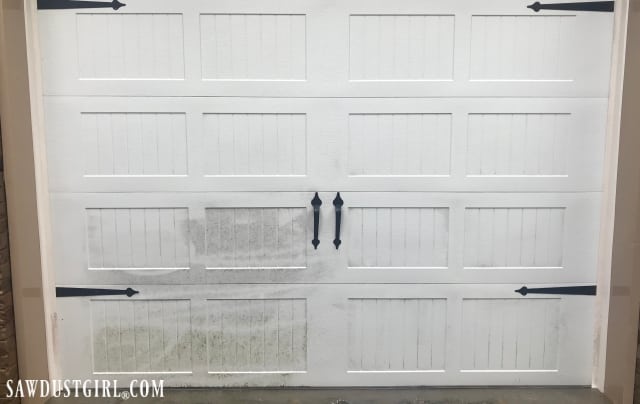
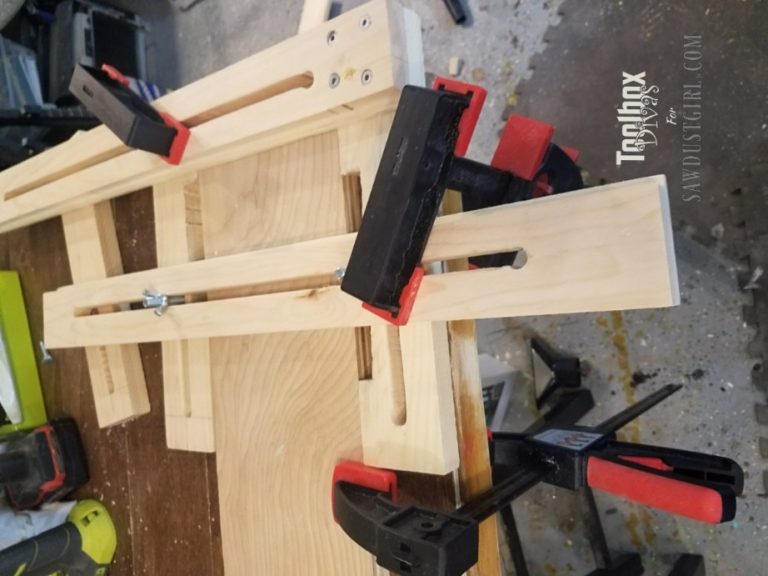
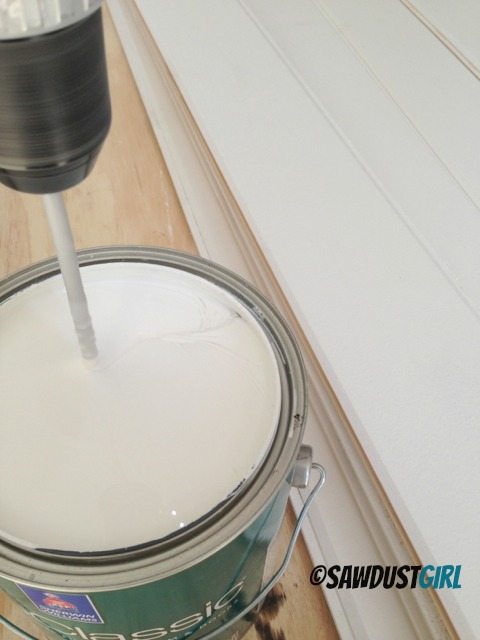
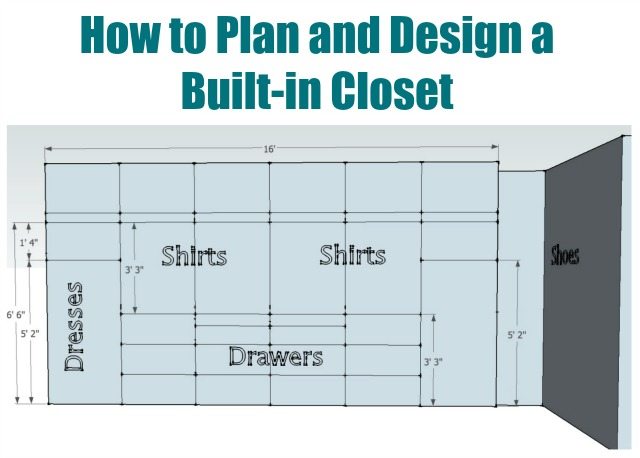
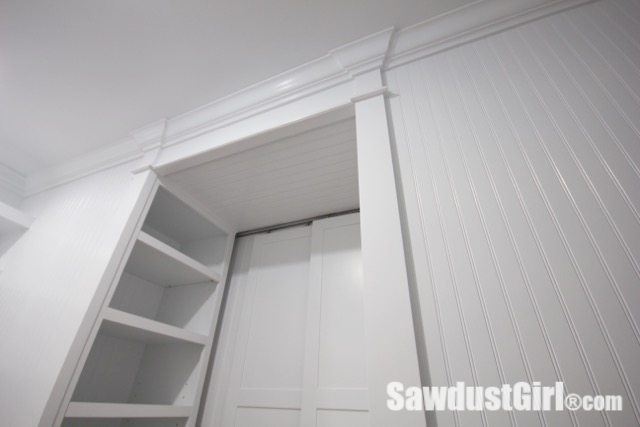
Sandra,
Next time you patch some dings in your walls try this trick and see if it works for you. On the little ones that aren’t too deep and not very wide, once the area has the patch on it, rub it with a paper towel to smooth the surface. I patched some holes from nails and some dings in our last home and didn’t have to sand the spots once they were dry.
Maureen
One word for you: BRILLIANT!!! I love this, thank you SO much!!!